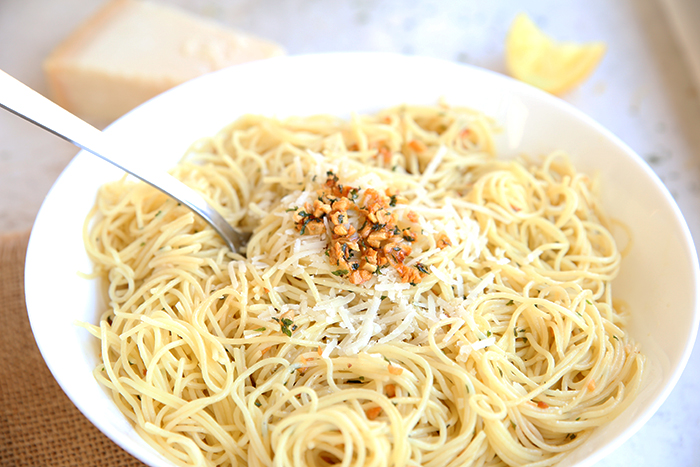

Once your pasta is al dente, it's time to drain it. The pasta should be cooked through but still have a slight resistance when you bite into it. Use a slotted spoon or tongs to take a strand of pasta out of the pot and bite into it. The only way to know if your pasta is al dente is to taste it. Set a timer for the recommended cooking time on the package, but start checking the pasta a few minutes before that time is up. Make sure the pasta is fully submerged in the water and give it a stir to prevent it from sticking together. Once the water is boiling, add the pasta to the pot. Use about 1-2 tablespoons of salt for every 4 quarts of water. Adding salt to the water is important because it enhances the flavor of the pasta and helps prevent it from sticking together. The general rule of thumb is to use about 4-6 quarts of water for every pound of pasta. The next step is to bring a large pot of salted water to a rolling boil. Choose the pasta that best suits your recipe and follow the cooking instructions on the package. For example, thin pasta like spaghetti or angel hair will cook faster than thicker pasta like fettuccine or rigatoni. Different types of pasta require different cooking times, so it's important to choose the right one. In this article, we'll provide you with a step-by-step guide to cooking pasta al dente.įirst things first, you need to choose the right pasta for your dish. Al dente, meaning "to the tooth" in Italian, is a cooking term used to describe pasta that is cooked just right - not too soft, not too hard, but with a slight bite to it. If you're a pasta lover, you know how important it is to get the perfect texture when cooking your pasta.

#Angel hair pasta aldente how to#
How to Cook Pasta Al Dente: A Step-by-Step Guide How to Cook Pasta Al Dente: A Step-by-Step Guide.


 0 kommentar(er)
0 kommentar(er)
